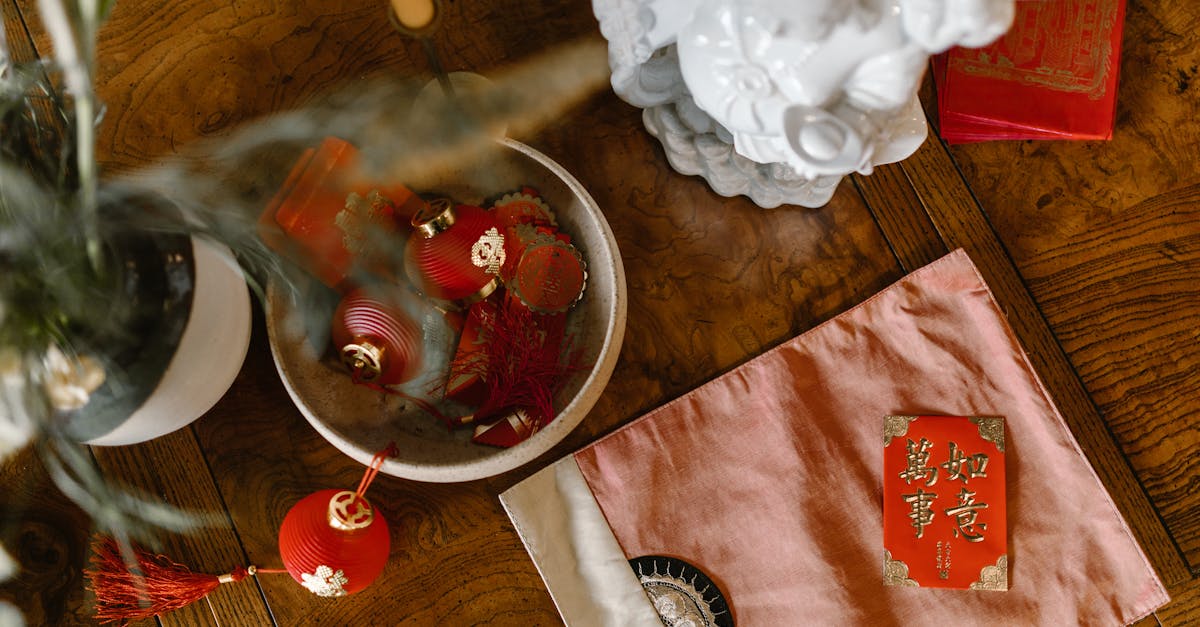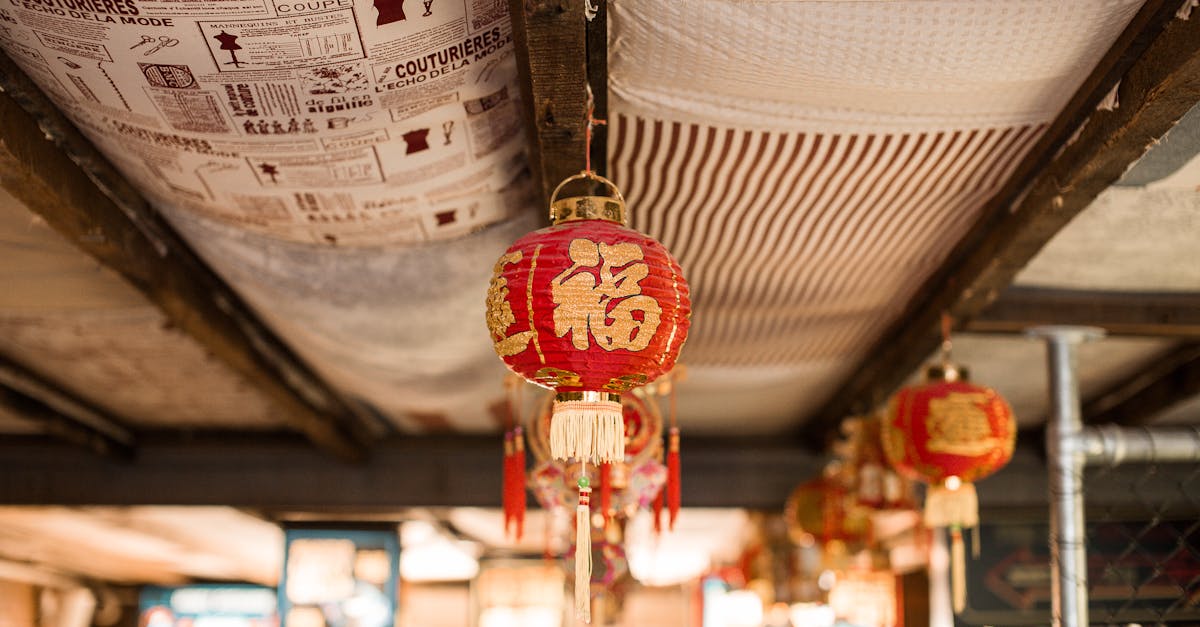This article explores the significance of color symbolism across different cultures, highlighting how colors evoke various emotions and meanings. It examines well-known colors such as red, associated with love and danger; blue, symbolizing trust and tranquility; and green, representing nature and growth. Each color carries distinct interpretations depending on cultural contexts, with some colors embodying positive attributes in one culture while signifying negativity in another. The piece delves into practical examples and the implications of these color associations in areas like branding and marketing, showcasing the profound impact colors have on communication and consumer behavior.
Current Trends in House Painting and Renovation
In the ever-evolving world of home improvement, staying updated with the latest trends in painting and renovation is crucial for homeowners looking to reinvent their spaces. As interior design continues to embrace creativity and innovation, a handful of popular colors and techniques have emerged as favorites among homeowners and designers alike. Whether it’s the contemporary charm of muted pastels or the bold statement-making power of dark hues, color selection now plays a pivotal role in home aesthetics.
Moreover, as sustainability becomes increasingly important, innovative materials and eco-friendly paint options are gaining traction. Homeowners are not only considering the color palette but also the impact of their choices on the environment. This article will delve into the exciting world of current painting and renovation trends, exploring popular color schemes, application techniques, and the newest materials on the market to inspire fresh transformations in any home.

| Color | Cultural Significance |
|---|---|
| Red | Symbolizes love and good fortune in Eastern cultures, but danger in the West. |
| Yellow | Represents happiness and optimism in the West; royalty in China; mourning in some Latin American countries. |
| Blue | Associated with trust and peace globally; symbolizes sadness in Western contexts. |
| Green | Symbolizes nature and growth; linked to envy in the West; represents fertility in the Middle East. |
| Purple | Representative of royalty and spirituality in many cultures; associated with mourning in some European nations. |
| Orange | Embodies joy and creativity in the West; sacredness in Southeast Asia. |
| Pink | Traditionally linked to femininity in the West; signifies trust in South Korea. |
| Black | Represents power in fashion, but also mourning in Western cultures; linked to maturity in Africa. |
| White | Symbolizes purity and innocence in the West; associated with death in many Eastern cultures. |
«`html
Current Trends in Home Painting and Remodeling
Home painting and remodeling is an essential aspect of home improvement that goes beyond mere aesthetics. The current trends encompass a blend of style, innovation, and functionality, aiming to enhance living spaces in more ways than one. As homeowners seek to revitalize their homes, understanding these trends can help in making informed decisions to create spaces that truly reflect personal taste and lifestyle needs.
Color Trends
The choice of color plays a pivotal role in setting the mood of any space. Color trends for home interiors shift regularly, influenced by cultural movements, fashion, architecture, and nature. Here are some popular color palettes and combinations that are making waves:
- Earthy Tones: Shades like terracotta, sage green, and muted browns are gaining popularity as they bring a sense of warmth and tranquility. These colors connect homeowners with nature, ideal for creating a soothing environment.
- Bold Accents: Bright colors such as deep blue, vibrant red, and emerald green are now used in accents to provide a striking contrast against neutral backdrops. Statement walls or well-placed decor pieces can draw attention and add character.
- Monochrome Schemes: Black and white remains timeless. This trend is evolving to include various textures and patterns, offering depth and interest while keeping a sleek and modern feel.
- Soft Pastels: Colors like blush pink, light lavender, and soft yellow are perfect for creating a cheerful and inviting space. These hues are particularly favored in bedrooms and nurseries, encouraging calmness and relaxation.
Innovative Painting Techniques
Modern painting techniques have revolutionized interior design, allowing for creativity and personalization. Here are a few trending methods that homeowners and professional painters are employing:
- Ombre Effects: This technique blends colors seamlessly, transitioning from one hue to another. It’s a striking choice for accent walls, adding dimension and artistic flair.
- Two-Tone Walls: This involves dividing a wall with different colors, often horizontally. This style can help to make spaces appear taller or cozier, depending on the colors used.
- Textured Finishes: Techniques like sponging, rag rolling, or using combs can add texture to walls, providing a unique tactile experience and visual appeal.
- Stenciling and Murals: Custom stencils and murals allow homeowners to personalize their spaces with unique designs and artwork, transforming ordinary walls into extraordinary canvases.
Materials and Paint Products
With sustainability and innovation at the forefront, many new materials and paint products are emerging in the market. These materials not only enhance the look but also contribute positively to health and the environment:
- Eco-Friendly Paints: Low-VOC and zero-VOC paints reduce harmful emissions, making them safer for indoor air quality. Sustainable brands are gaining momentum, appealing to eco-conscious homeowners.
- Washable and Scrubbable Finishes: Ideal for high-traffic areas, these paints resist stains and can be cleaned easily, ensuring long-lasting beauty and durability.
- Magnetic and Chalkboard Paints: Perfect for family rooms or children’s bedrooms, these innovative paints allow for interactive spaces where kids can draw or adults can organize notes and memories easily.
Home Remodeling Features
Remodeling trends reflect evolving lifestyles, emphasizing functionality while prioritizing aesthetics. Here are some of the major remodeling trends to watch:
- Open Floor Plans: This trend encourages seamless transitions between living rooms, kitchens, and dining areas, creating spacious and airy environments that are ideal for both entertaining and daily living.
- Smart Home Technology: Integrating technology into remodeling enables convenience and efficiency. Smart lighting controls, automated blinds, and energy-efficient appliances are common features that enhance modern living.
- Outdoor Living Spaces: Expanding usable square footage by creating outdoor living areas such as kitchens, lounges, and gardens, is increasingly popular. These spaces blur the line between indoor and outdoor living.
- Multi-functional Rooms: With many homeowners working from home, adaptable spaces that can serve as offices, guest rooms, or play areas are essential, maximizing the utility of every square foot.
Finishing Touches and Decor
Subtle details can elevate a home’s aesthetic and functionality. Current decor trends emphasize personalization and unique design elements:
- Natural Accessories: Incorporating items made from organic materials such as wood, stone, and plant fibers are trending, reinforcing the connection with nature.
- Vintage and Upcycled Decor: A focus on sustainability has led many homeowners to seek vintage items or upcycle furniture, adding character and history to their spaces.
- Layered Lighting: Combining different light sources (ambient, task, and accent lighting) enhances mood and functionality while showcasing beautiful decor and architectural features.
- Personalized Art Displays: Homeowners are investing in personal art collections, whether that be original pieces, prints, or homemade crafts, which resonate with personal experiences and tastes.
Understanding the current trends in home painting and remodeling equips homeowners with the knowledge to make informed decisions that reflect their style, values, and lifestyle. From color palettes to innovative techniques and sustainable materials, these trends showcase a blend of functionality and beauty, creating spaces that feel personalized and inviting.

Transform Your Home Today!
Ready to enhance your living space? Our professional painting and remodeling services will breathe new life into your home. Experience the beauty of expertly applied colors and innovative designs tailored just for you. Don’t wait any longer; elevate your environment with us!
Current Trends and Tips in House Painting and Renovation
Color Selection
- Explore Neutral Tones: Neutrals like beige, gray, and taupe are becoming increasingly popular as they provide a calming canvas for decor while allowing for flexibility in other design elements.
- Incorporate Bold Colors: Vibrant hues, especially in accent walls, are making a comeback. Shades like deep blue, emerald green, and rich maroon can create a striking focal point.
- Use Color Psychology: Colors influence emotions. For instance, blues promote tranquility, while yellows energize spaces. Choose colors that resonate with the mood you aim to create in each room.
Understanding how each color interacts within different spaces is key to creating a harmonious environment that meets the emotional needs of the occupants.
Painting Techniques
- Consider Textured Finishes: Techniques such as sponging or rag rolling add depth and character to walls, moving away from flat finishes.
- Try Two-Tone Styles: Pairing two complementary colors can enhance visual interest. A common approach is to have a darker hue on the bottom half of walls and a lighter tone above.
- Embrace Chalk Paint: For a vintage or rustic look, chalk paint provides a matte finish that can transform furniture and cabinetry in an eco-friendly way.
These methods not only refresh the aesthetic of a space but also allow for personalization and creativity.
Innovative Materials
- High-Quality Fast-Dry Paints: These reduce drying time and allow for quicker project completion, perfect for busy homeowners.
- Environmentally Friendly Options: Low-VOC (volatile organic compounds) paints offer a more sustainable choice while improving indoor air quality.
- Smart Paint Technology: Innovations such as self-cleaning and temperature-regulating paints are gaining momentum, providing functionality alongside aesthetics.
Incorporating these materials can greatly enhance the longevity and sustainability of renovation projects.
Trends in Home Renovation
- Open Concept Spaces: More homeowners are opting for open layouts, which encourage social interaction while providing flexibility in space use.
- Incorporating Natural Light: Skylights, large windows, and open spaces allow for maximum sunlight, promoting health and well-being.
- Outdoor Living Areas: Expanding living spaces to include patios and decks is trending. These areas serve as extensions of indoor space while enhancing leisure activities.
Staying informed about the latest trends ensures that renovations not only meet personal preferences but also align with contemporary lifestyles and environmental considerations.
«`html
Frequently asked questions
Glossary of Key Terms Related to Home Painting and Remodeling Trends
- Color Palette
- A selection of colors used together in a design project to create a cohesive look.
- Accent Wall
- A single wall painted a different color or pattern to create visual interest in a room.
- Eco-Friendly Paint
- Paint formulated with low levels of volatile organic compounds (VOCs) to minimize environmental impact.
- Textured Finish
- A painting technique that adds depth and dimension by creating a tactile surface on walls.
- Priming
- The initial application of a base coat to ensure better adhesion of subsequent paint layers.
- Gloss Level
- The degree of sheen in paint, which can range from matte to high gloss, affecting the overall appearance.
- Remodeling
- The process of altering the structure, layout, or features of a home to enhance its functionality or aesthetics.
- Color Trends
- The popular colors in design and decor that influence both consumer preferences and product offerings.
- Faux Finish
- A painting technique that imitates a material or texture, such as marble or wood, for decorative effect.
- Staging
- The art of preparing a home for sale by showcasing its best features through well-thought-out decor and arrangement.
«`html
The exploration of Cultural Symbols in Color has revealed the profound impact that colors have on human emotions, cultural identities, and communication. Each color carries unique meanings and associations that can vary significantly across cultures, influencing everything from art and fashion to branding and marketing. Understanding these cultural significances not only enriches our appreciation of colors but also enhances our ability to navigate diverse social landscapes effectively. As you consider your own color choices in various contexts, embrace the opportunity to apply this knowledge. Whether redesigning your home, creating a brand, or simply choosing your attire, the insights gained from this article can guide you in making informed decisions that resonate with cultural nuances and emotional connections.
Recommendations for Understanding Cultural Symbols in Color
1. Research Cultural Context
Before choosing colors for projects or marketing materials, take the time to research the cultural significance associated with those colors. Understanding the meanings can help avoid misinterpretations or negative associations.
- Explore resources like color symbolism databases specific to different cultures.
- Utilize local expertise or consult with cultural representatives to understand color preferences.
2. Consider Branding Implications
When developing a brand identity, it’s essential to select colors that resonate positively with your target audience’s cultural backgrounds.
- Opt for colors with universally positive meanings, such as blue for trust or green for growth.
- Analyze your brand audience to ensure alignment with their cultural values and color perceptions.
3. Use Color Mixes Wisely
Blending colors can generate unique meanings while still respecting cultural interpretations. Utilizing both primary and secondary colors can yield exciting outcomes.
- Experiment with color combinations that evoke desired emotions, while ensuring they culturally align.
- Incorporate multicultural colors when designing inclusive marketing campaigns.
4. Test & Validate Color Choices
After selecting potential colors, it’s vital to test these choices within the context of the specific cultural audience to assess their responses.
- Conduct surveys or focus groups with diverse participants to gather feedback on color perceptions.
- Revise your color choices based on the insights gained to align better with the target cultural group.
«`html
Transform Your Home with Our Expert Painting and Remodeling Services
Don’t wait any longer to bring your vision to life! Our team is dedicated to enhancing your space with high-quality finishes and innovative designs that reflect your unique style. Contact us now to schedule your consultation and discover how we can elevate your home.
Sophia Torres is the creative mind behind the most dazzling transformations at TS Painting & Restoration. With a strong background in interior design and a deep passion for tropical color palettes, she has helped hundreds of clients revitalize their spaces into vibrant and inviting environments. Born in Colombia and raised in Florida, Sophia brings a unique perspective to her work, blending Latin American influences with modern design trends.
Sophia’s vision of color goes beyond the conventional. She is known for her ability to create bold and unexpected combinations that reflect Florida’s natural beauty. Her focus on color psychology and strategic use of tones allows her to transform any environment, making each project a showcase of her clients’ personal style. On her blog, she shares practical tips on how to choose colors that not only beautify but also enhance emotional well-being and create harmony in the home.
When not working, Sophia enjoys exploring art galleries, experimenting with DIY projects, and finding inspiration in Florida’s lush landscapes. For her, design isn’t just about aesthetics; it’s about creating spaces that tell a story, reflect the identity of those who live there, and evoke positive emotions. At TS Painting & Restoration, Sophia is committed to helping homeowners discover how colors can transform their homes into true havens of tranquility and beauty.


